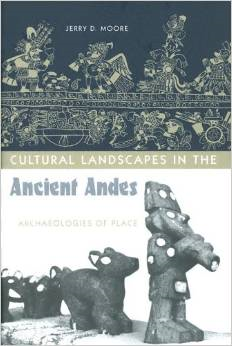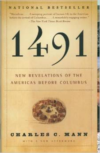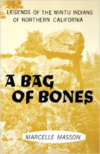Description
The ancient civilizations of the South American Andes created some of the most spectacular monuments and buildings in the Western Hemispere| and these edifices had a wide range of impacts on the cultures they served. Jerry Moore examines archaeological and ethnohistorical data with an innovative lens and discovers what the architecture of the Moche| Chimu| and Inca reveals about the roles of authority| conflict| and ritual in the cultural identities of these societies. Arguing that the culturally constructed environment is always the expression of multiple decision domains| Moore outlines a series of domains linking architecture and human experience. He then provides an analysis of sound and space and an examination of ceremonial architecture and the nature of religious authority| and he explores the design logics and technologies of displays in ritual processions. He also discusses house societies as conceived by Levi-Strauss and argues for the emergence of house societies on the north coast of Peru after 800 CE. people and place| underscoring the necessity for archaeology that is sensitive to the ancient experience of place.






Reviews
There are no reviews yet.